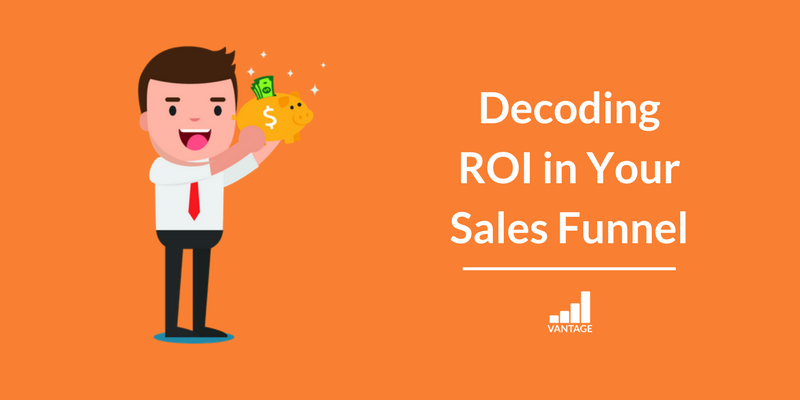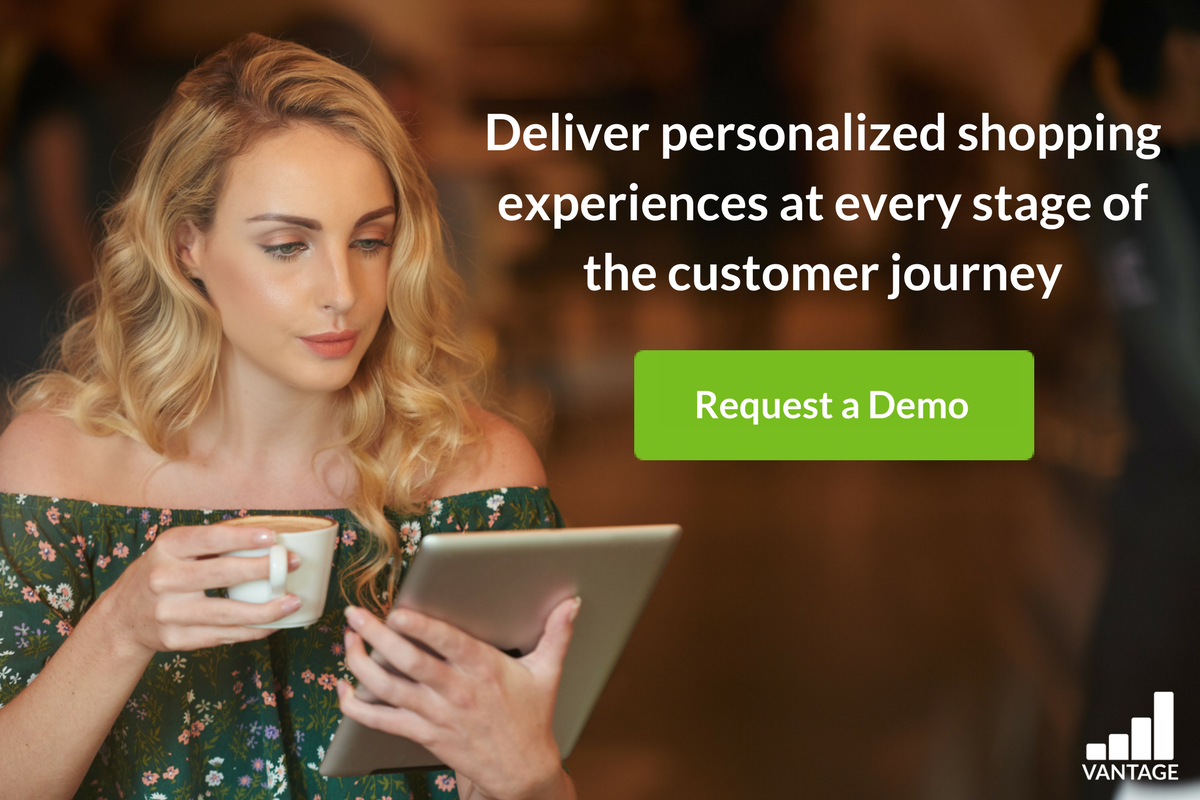
Decoding ROI in Your Sales Funnel
Understanding and decoding ROI can be confusing. What does all this jargon even mean? For one, cost of acquisition is simply the cost of getting a new customer to buy from you. Sometimes this can be $0 based on someone coming from your site through an indirect mention or a word of mouth referral. Often times, it’s from a paid ad like Facebook or a banner ad on a blog. Moreover, there is definitely more to cost of acquisition than straight visits to buys during one campaign sprint. So let’s break it down!

Let’s say you spent $1000 on Facebook ads over a span of two weeks to sell your funky socks that cost $20 for a pack of 3. Facebook tells you that you got a total of 500 people clicking through to your website link.
Out of 500 visits, 50 people bought the pack of 3 for $20 during that 2 week time period. We can conclude that you broke even (50 people X $20 = $1000).
Put simply: “I spent $1000 on Facebook and 50 people bought my socks…..so I broke even?”
But wait, we are missing a lot of information here. In this example, there are a few factors to consider:
- Repeat Customer Rate: a percentage of those 50 new customers may buy again
- Email sign ups that can be characterized as leads, they may just need a nudge to buy
- Customers that abandoned their cart can also be characterized as leads and be nudged to buy
You need to do these two things to ensure you maximize your ROI:
- Email leads that signed up (perhaps offer free shipping or a new product offering)
- Email leads that abandoned their cart
If we revisit our example, let’s say:
- 250 leads signed up by email, email follow up converted 25
- 10 leads abandoned their cart, email follow up converted 2
In total, 77 people bought funky socks for $20 out of the original 500 visits to the website. The total revenue is $1540, with an ROI of $540.
Although visits to purchases can be calculated quickly, its important to capture leads that may not have converted so easily. This will give you the bigger picture on how well your campaign actually did. Furthermore, this calculation doesn’t include the 77 people who will become repeat customers further increasing your ROI from this campaign.
Keeping in regular contact with past customers and potential leads with your store’s promotions, new products, and sales will keep your brand top of mind and provide that extra nudge some customers need to convert. See? Not as hard as it first seemed!




Leave a Reply
You must be logged in to post a comment.